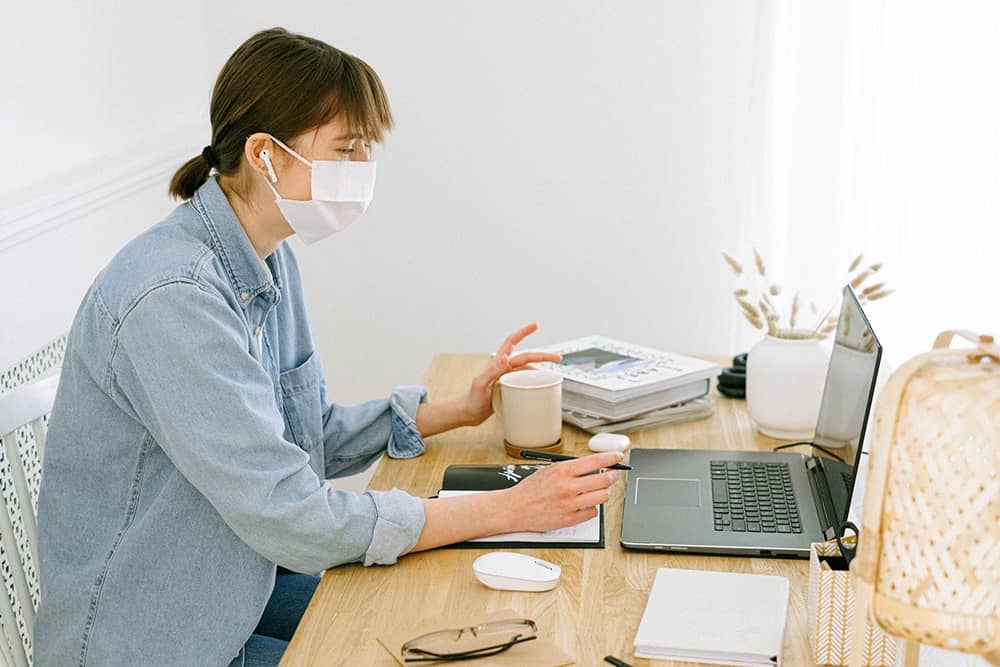Throughout the COVID-19 outbreak, the public saw story after story in the news about struggling businesses. Many businesses were forced to close for a period of time and had to lay off or furlough employees. They found themselves unable to pay the rent on their commercial or retail spaces, and scrambled to implement work-from-home strategies. Some even went under altogether, never to open their doors again.
However, it was not all doom and gloom in the business community. Businesses in certain industries thrived, with some even reporting record sales. Certainly, you would expect large businesses like Clorox, the makers of the popular disinfecting wipes, and companies offering video conferencing services like Zoom to see a surge in business, but there were also small businesses that saw massive growth during the pandemic.
Myrna Steinbaum, owner and founder of the Southern California-based mobile phlebotomy company VeniExpress, reports that her business is seeing more patients than ever before—twice as many more! Steinbaum says,
Before the pandemic, we were seeing 2,500-3,000 patients per month. We are at over 5,000 now. It’s been busy, but a blessing.”
Steinbaum attributes her company’s growth to several factors. First, people saw the benefit of having phlebotomists come to their homes for mobile phlebotomy services, such as blood draws. Although patient service centers have remained open throughout the pandemic, many people were wary of leaving their homes, even for important medical services. They saw mobile phlebotomy as a safe alternative, where a single phlebotomist, practicing strict safety procedures, would come directly to their homes. This greatly limited patients’ exposure to the fast-spreading virus.
Looking to start a mobile phlebotomy business? Get your copy of the Comprehensive Guide to Starting a Mobile Phlebotomy Company and grow your business from the ground up!
Second, the increased demand for mobile phlebotomy was likely due to the fact that several major insurance companies decided to cover mobile phlebotomy services during the pandemic. This changed mobile phlebotomy services from a convenience that patients had to pay for out of pocket to a covered service. Some insurance companies covered the entire cost of mobile phlebotomy, while others just required a small copayment for the service.
For VeniExpress in particular, Steinbaum says she believes a good amount of her company’s growth happened because they were extremely proactive in the face of the pandemic. Early on, they put out a statement about the precautions the company was taking to protect their patients and staff. VeniExpress was well-equipped with personal protection equipment (PPE) and experienced in providing a safe and sanitary environment for blood draws. Because of this, the mobile phlebotomy company was able to pick up some new contracts with several large facilities, in addition to individual patients.
VeniExpress hired more phlebotomists to service the new influx of patients. However, the company’s existing support staff was able to seamlessly adjust to the increased demand. Steinbaum credits her hardworking staff for this, as well as VeniExpress’s customized mobile phlebotomy software, which helps them handle the assigning and processing of services. Steinbaum says, “Having the software has helped us navigate the pandemic effectively and efficiently with our limited intake staff. It has also given us the flexibility to have our support staff work from home during the pandemic.”
Steinbaum is anticipating that the demand for mobile phlebotomy services will continue even after the pandemic is over. She says, “Now that people know about the convenience and safety associated with using a mobile phlebotomy service, I think they will continue to contact our company for service.”

















